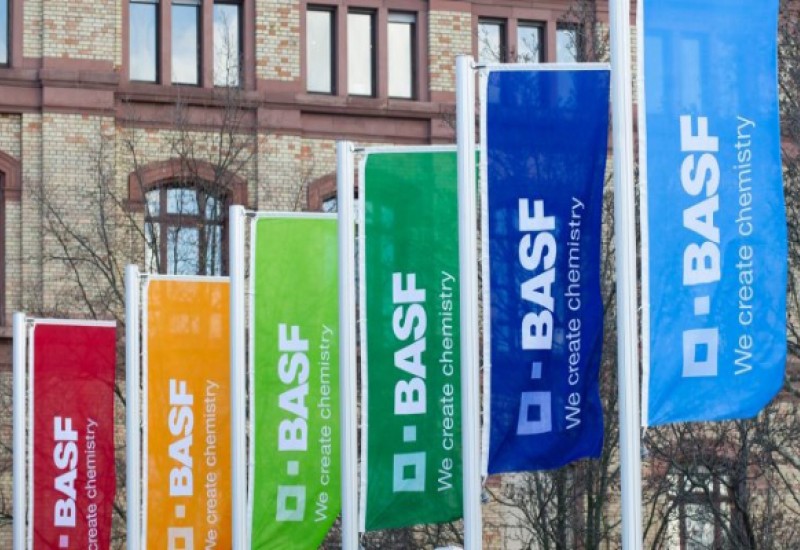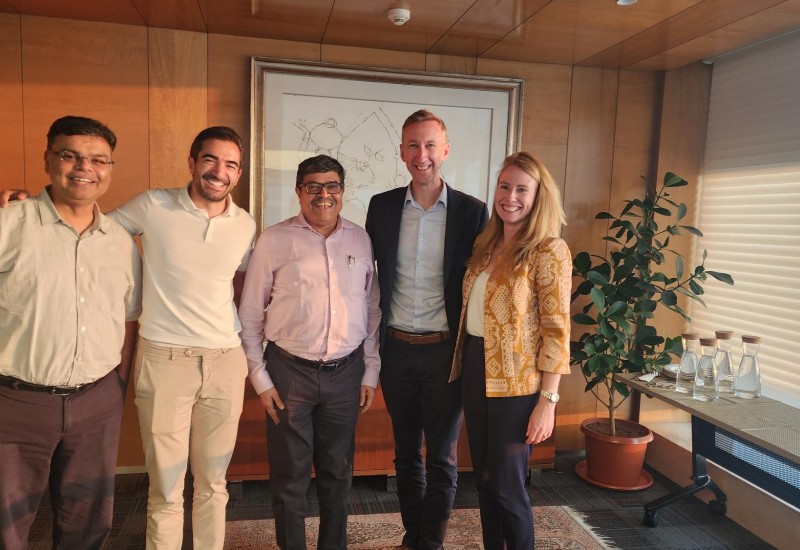Feature article - The agchem CDMO opportunity: Maximising India’s share
Amit Gandhi and Amita Parekh, managing directors and partners at BCG, look at the opportunities for Indian CDMOS in the global agrochemical industry
If one were to imagine the ‘ideal’ industry for India’s chemical exports, it would most likely be globally relevant, with customers who outsource a significant percentage of the critical synthesis steps, and have a strong need for innovation and IP protection. agrochemical CDMO industry ticks all these boxes.
This is a global industry, serving the large agro innovators (Bayer, BASF, Syngenta, FMC, Corteva, etc.) It depends on a global network of outsourced synthesis and manufacture companies as a full third of the chemical manufacturing is outsourced. This translates to a $6 billion outsourced market, focused on value-adding steps. i.e. active ingredients and advanced intermediates. Innovators need a high degree of IP protection guarantee from their outsourcing partners.
Typically, this is the domain of Western Tier 1 active CDMOs, but this is changing. Western CDMOs are focused on climbing up the pyramid to the most complex chemistries and the most value adding steps, and will depend on a network of reliable IP-protecting partners to deliver advanced intermediates cost-effectively.
This combination of factors has meant significant tailwinds for the industry. Asian companies’ share, excluding low-cost low-tier CDMOs, has risen to around 30%. Indian companies have generated significant value, as evidenced by their stock market performance, as well as recent transactions in the space, some of which are worth around $1 billion.
Two questions are worth exploring for the next phase of growth. Firstly, with the talk of patent cliffs and muted global growth over the past few years, is the India growth story still set up to continue? And, more importantly, how does the industry transform itself to scale?
Global trends – tailwind or headwind?
The world is emerging from a period of crop oversupply in 2015-2019, where chemicals growth was muted (1-2%). This has been markedly different from the 2007-14 period, where rising crop demand, the need for biofuels and inventory build-ups meant 7%/year growth. The consensus is that the next few years will see a sustained upward trend as the agchem cycle corrects itself, especially driven by emerging markets.
There are three headwinds to contend with. The move toward eco-friendly and efficient agriculture will reduce demand for conventional crop protection chemicals. This could be partly offset by the move to new, less toxic alternatives but will be compounded by the decline in the number of new molecules in development, and low-cost generics players continuing to gain market share, with significantly lower outsourcing to established CDMOs.
Net-net, we see the effects balance out – with positive momentum over the next three to five years at minimum. Continued growth beyond will require a fundamental capability transformation by CDMOs as well.
Indian CDMOs – what is the recipe to scale?
Established Indian CDMOs are in an enviable position – a strong core business with one, two or more key relationships, a highly profitable business book and visibility into high demand from customers. Consequently, most of the CDMOs have runways to rapidly grow rapidly to sales of $125 million/year if they are not already there. Growth of over 20%/year is almost par for the course.
However, delivering on this growth needs CDMOs to transform themselves. We see two key components as the ‘recipe to scale’: backend processes that scale and capability augmentations that reposition the CDMO with customers.
Indian CDMOs have succeeded, in a large part, due to their combination of product quality, pricing, and speed and flexibility when dealing with customers through the development process. They have been seen as more accessible, more reliable, more willing to ‘stretch’ to win business.
These characteristics must form the foundation of growth going forward as well. However, that is easier said than done. Ensuring project delivery and high customer responsiveness when dealing with a 50+ molecule pipeline is very different from when two or three molecules were the most important.
This needs process formalisation, a larger well-trained talent bench and incentive systems that ensure expertise stays within the company over multiple cycles. When well executed, this will give customers the ‘small, hungry company’ experience even when at scale, ensuring that the key components of past success continue.
This foundation needs to be complemented by a capability-based repositioning with customers. Larger companies need to move from ‘reliable outsourcers’ to ‘solution partners’ for key customers. Western CDMOs currently occupy this place, with early engagement by scientists on both sides during fundamental molecule development. This implies complementary and respected, capabilities from the CDMOs, which allows them to participate in higher value-added molecules, and a deeper upstream relationship with customers. All of these enhance business stickiness.
Summary
Indian agchem CDMOs have had a golden few years – high growth, high valuations, strong tailwinds. The industry is well positioned to capitalise on trends and enhance share of the global CDMO market. The next three to five years are critical to scale: the imperative is to build backend processes that scale, and augment capabilities to reposition as ‘solution partners’. The speed and conviction with which players execute on this agenda will decide who the winners will be going forward.
Website
https://bcw-global.com/genesisbcw















